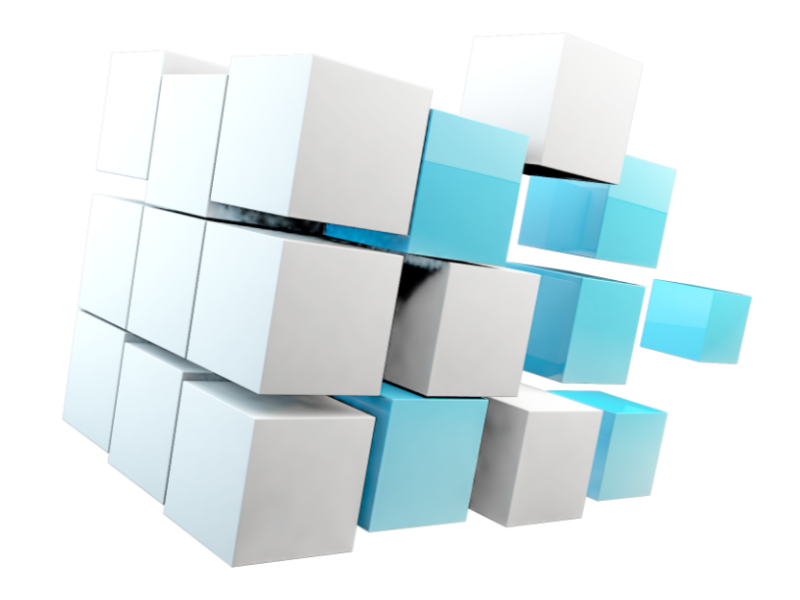UX
UI/UX Design
We design humanized enterprise solutions by leveraging Software Ergonomics & Visual-Driven Design.
resulting a CEM foundation to encourage a continuous improvement of end-user’s task-effectiveness & targeted business outcomes.
Hexalytics follows the Golden Thread:
- UX is a problem-solving discipline. It’s about understanding users’ problems and designing software to help solve those problems.
- UX is a process, and the process is sacred. It reduces the risk of building unnecessary software and the risk of project failure.
- UX is a research-based discipline, you can’t solve people’s problems if you don’t know what those problems are. If you’re not doing research, you’re not doing UX.
- Qualitative research is more valuable to UX designers than quantitative research. It provides richer insights into users’ goals, behaviors, and context. If you are solely relying on quantitative data you are not really doing research.
- Users don’t care about our software products, they only care about what the product can do for them. They want to flow through our software as smoothly as possible and get to the other side: the job done, the problem solved.
- The entire UX process is a tool for minimizing risk. It minimizes the risk that we waste time, the risk that we waste money, and the risk that we build poor quality products.

Analytics Modernization
Your data into your company is the strongest asset to help you to thrive in today’s marketplace. How you really take advantage of your data, you need a modern data and analytics ecosystem that is scalable, agile, and future ready .
Modernize analytics is more than just moving to the cloud. The approach you take and the advantages you realize go beyond just cloud adoption. Modern solutions expose advanced analytical capabilities that help your business users make smarter decisions. Analytics modernization requires modern data management principles. It involves moving from legacy databases and architectures to modern, cloud-based platforms and scalable architectures and migrating to next-gen analytics tools.
Integration of New Datasources
Organizations can quickly integrate new data sources and host the rising data volumes as they need to. With a modern data architecture, organizations can quickly access all data, pull in real-time data, and analyze changes.
Scalability and Flexibility
Cloud-based infrastructure can scale to meetgrowing analytics needs. Allow users to spend their time on analysis instead of database operations.
Faster Time to Insight
Giving users the ability to quickly find value in data, as well as ingest streaming data to analyze events as they unfold.
Democratizes Access to Data
Rather than siloes of data, a modern approach stores data in one place, empowering users to run reports and share analytics as need in a secure manner.
Planning for the Future
With a modern data foundation in place, a modern data architecturepaves the road for more advanced types of analytics, such as artificial intelligence and machine learning.
The benefits of Modernization
- Exponential Data Volumes: Across the board, companies are having trouble keeping up with the volume of data, and this volume is increasing exponentially every year. However along with this explosion of data volume and variety brings an opportunity for organizations. There are competitive advantages with the ability to access, use, store, transform, and analyze more data—including increasing data volumes, types, and sources.
- Different Types of Data: It’s not just relational sources anymore; there are different types of data popping up every day, and analytics systems can have trouble playing nicely with semi and unstructured data sources. New types of data include data from social media, customer engagement, marketing, and a variety of different channels—all which can be used to really understand your customers if you are able to harness it. However, these data sources all require integration, forcing businesses to adopt new technologies and processes to keep pace.
- Different Types of Consumers: People are using data for lots of different purposes now, and reporting, dashboarding, and Excel are no longer sufficient analysis tools. Streaming, real-time, near real-time, embedded use cases, advanced analytics, and bi-directional use cases are growing and becoming much more common for organizations—even for those that are less mature in their data analytics lifecycle.
- Cloud On-Prem, and Hybrid Systems: We see lots of different types of architectures and they’re getting more and more complex. Data sources have been on-prem and in the cloud for a while now, but now organizations have source systems, data warehouses, and operational systems split between being hosted on-prem, in the cloud, in multiple clouds, or hybrid, which just adds to the modern problems that they’re facing today. How do you how do you manage all that architecture?
- A Need for Advanced Analytics: Advanced analytics is becoming more prevalent, even though it’s still on the horizon for many organizations. Companies at a minimum need the foundation in place to prepare them to perform advanced analytics, machine learning, and AI.
- A Need to Democratize Data: More people throughout the company want to get their hands on data. Analysis isn’t just happening in IT anymore—all departments and functions are becoming data literate. People throughout the organization want the ability to slice and dice the data.
- Scarce and Expensive Talent: With all this innovation and new tech, there is a scarcity of talent. It’s hard to find people to maintain your old stack, let alone keep up with the rapidly changing demands in the marketplace. Organizations are having trouble finding the right people to bring onboard to help.
Five Pillars methodology to Modernize
Data Strategy
Modernization starts by creating a data strategy and roadmap which acts as the foundation and guide for your data modernization initiative.
Data Architecture
You need an agile, cloud-based, future-ready data backbonethe enables easier, faster, and more flexible access to large volumes of data and different data sources.
Analytics Tools
You must have a modern approach to data management in order to manage your data and turn it into information that can be used by the business to make decisions.
Data Management & Governance
Migrating to newer, next-gen analytics tools provide better analytics capabilities including real-time analysis, embedded analytics, enhanced collaboration, and more.
The Right People and Processes
A modernization project isn’t just a shift in technology, it’s a shift in the skillsets required within your organization and the processes for how data is handled and used. You need the right people and processes in place
Use Case Storyboarding
We use graphic organizer that consists of illustrations and images to display in sequence for the purpose of pre-visualizing your business use case in an interactive way
Advanced Visualization
One of the big concerns of database research is data visualization, your data is easily locked up in the “Data jail”. OLAP as a decision support technology is highly related to the developments of data visualization area. Our Cube Presentation Model (CPM) technique shows a novel presentational model for OLAP screens, can be naturally mapped on the Table Lens, which is an advanced visualization technique from the Human-Computer Interaction area, particularly tailored for cross-tab reports. How the user interacts with an OLAP screen and based on the particularities of Table Lens, we pave an automated proactive way to support users.

Personalized Analytics
We leverage survey engines, converging data on educators’ professional development and learners’ performance in a visualized role-based report, and support strategic decision-making.
We ensure the learning software is accessible for people with disabilities by supplementing interactive content with Alt text and transcripts of the courses being articulated.
Connect
Meet our partners
Delivering value-added to our clients through trusted, world-renowned partners. Our collaboration and partnership with these companies allow us to provide high-end resources and expertise, fulfilling our mission of innovation through data.
